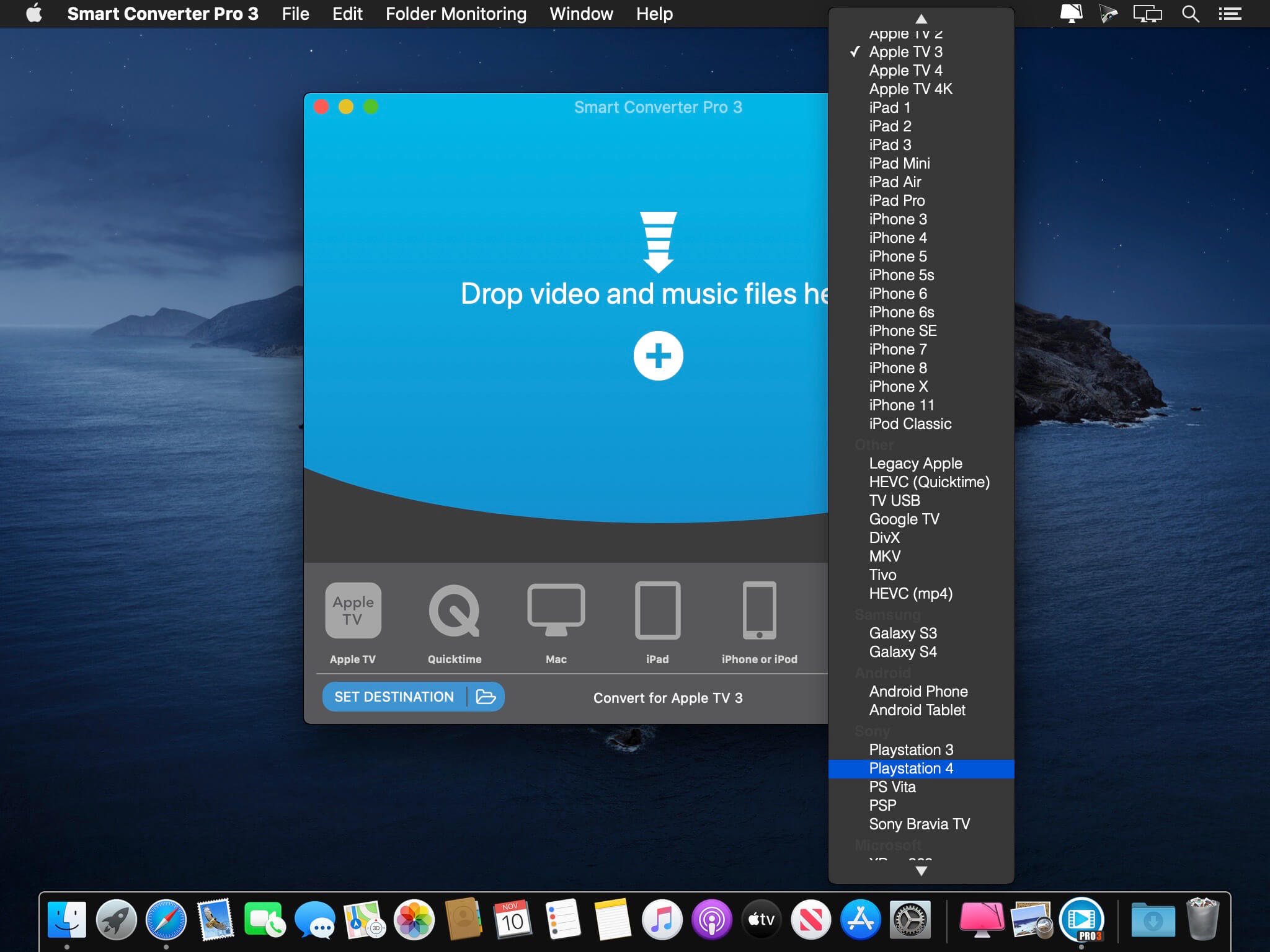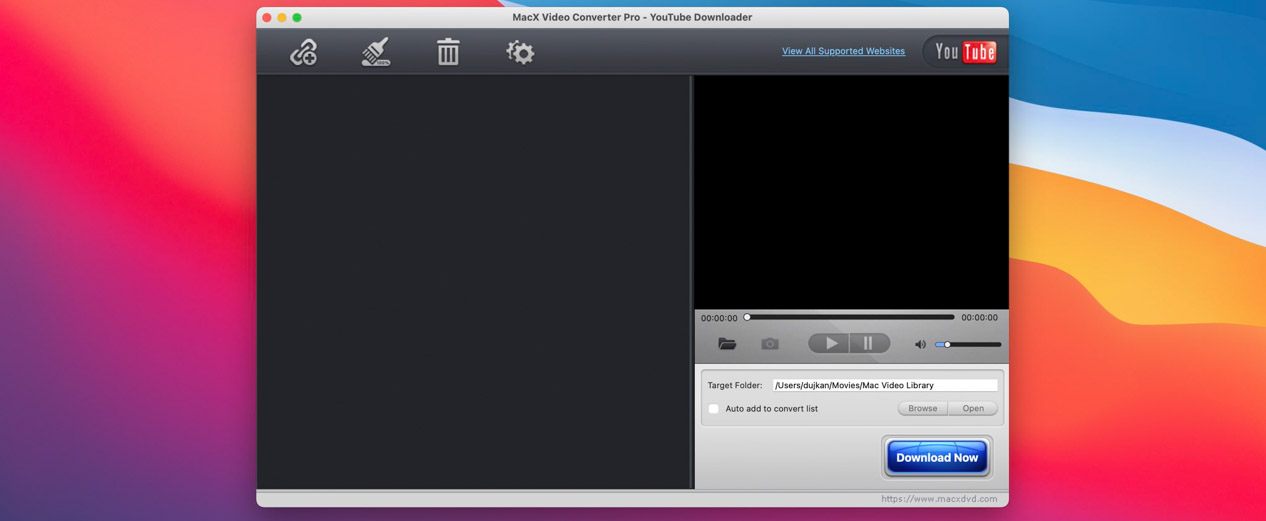
- #MACX VIDEO CONVERTER PRO SHORTCUT HOW TO#
- #MACX VIDEO CONVERTER PRO SHORTCUT UPDATE#
- #MACX VIDEO CONVERTER PRO SHORTCUT PRO#
Add new items or Quick Open others importing, exporting, archiving, and restoring your database also happen here. The File menu contains commands related to OmniFocus on a database level. Stop using OmniFocus and put it away for now. Temporarily hide windows of all other applications so you can concentrate on OmniFocus. Temporarily hide all of OmniFocus’s windows. ServicesĪccess system-wide macOS services offered by other applications.
#MACX VIDEO CONVERTER PRO SHORTCUT PRO#
Open a sheet with information about features included in the Pro version of OmniFocus. If you’re running a trial version of OmniFocus, these commands switch between the Pro and Standard versions of the app so you can compare features. Open the Licenses window, where you can add OmniFocus licenses you’ve bought, or check your existing licenses. Open the OmniFocus Preferences window, where you can customize how the application works for you. (The Mac App Store version of OmniFocus delivers updates through the App Store.) Preferences (Command-,)
#MACX VIDEO CONVERTER PRO SHORTCUT UPDATE#
You can also set up automatic checking in Update preferences. See if there is a new version of OmniFocus available to download. If you downloaded OmniFocus from the App Store, this opens an in-app purchase page where you can choose to buy Standard or Pro. If you downloaded OmniFocus from the Omni Group website, this opens a link to the Omni store where you can purchase OmniFocus if you haven’t yet. This is good for checking exactly which version you’re using. Open a window with details about your copy of OmniFocus. Check for updates, view and modify your preferences, and enter new license information here. The OmniFocus menu holds commands related specifically to the administration of the OmniFocus application itself. This appendix explains the function of each of the items found in OmniFocus’s drop-down menus, and lists default keyboard shortcuts for them where they exist. Of course, anyone can find these files using the methods listed above, so this is not a real substitution for file encryption or any other legitimate security measures.Appendix A Menus Commands and Keyboard Shortcuts Open Terminal and write the following:ĭrag the file you wish to hide into the Terminal window to display its path This would be most helpful if you have password-protected files or just want to prevent anyone who uses your Mac from messing around with something that's not already hidden. This method might seem less helpful than going through Finder, but Terminal can also help you hide individual files and folders on your computer. Type defaults write AppleShowAllFiles false and press Enter


When you want to hide these files again, replace the value true with false, which would look like: Once both lines of code run, you should see your hidden files in Finder and any temporary files saved on the desktop. Type defaults write AppleShowAllFiles true and press Enter Find Terminal under Launchpad > Other > Terminal, then run the following commands:
#MACX VIDEO CONVERTER PRO SHORTCUT HOW TO#



 0 kommentar(er)
0 kommentar(er)
